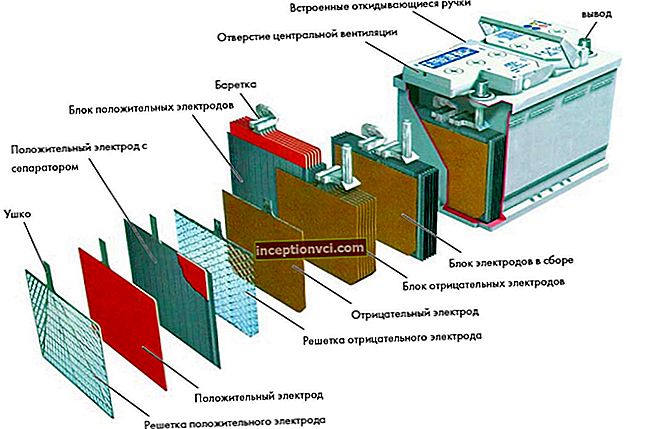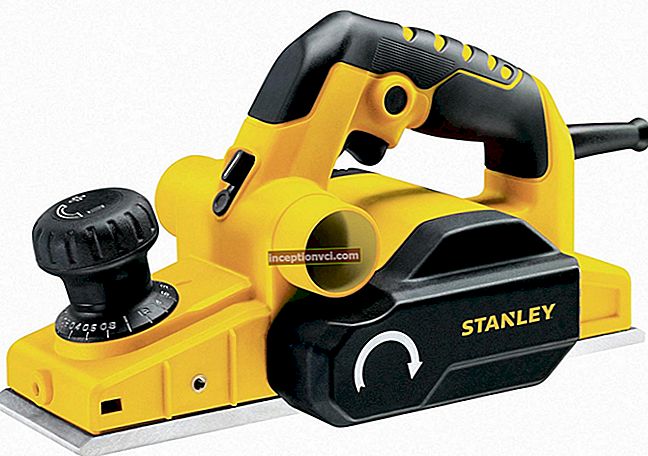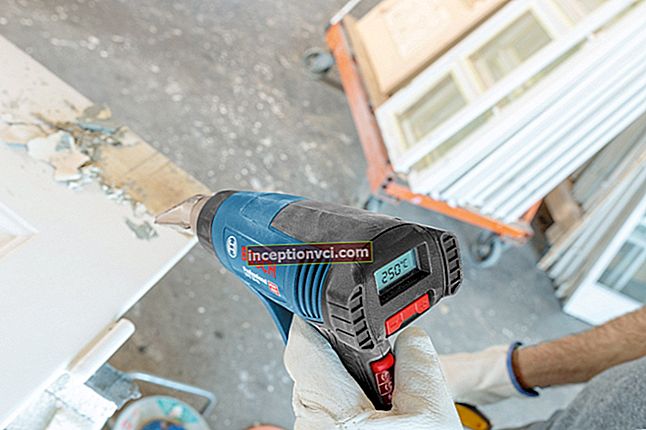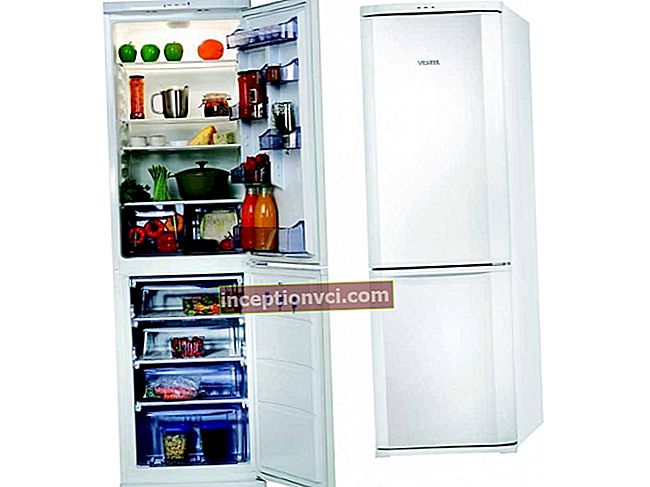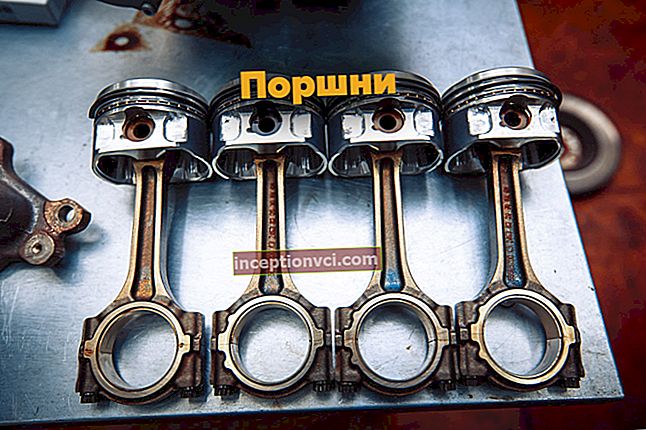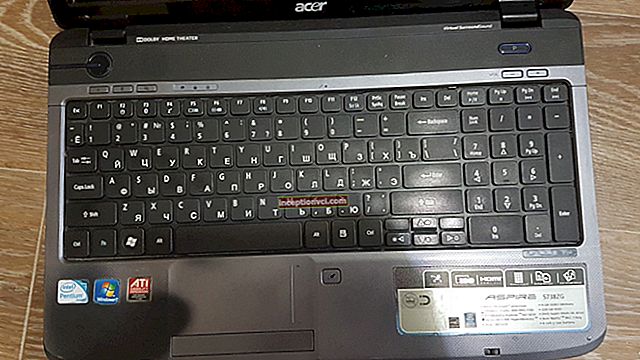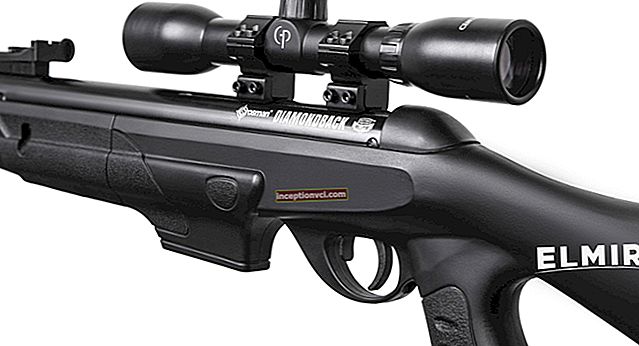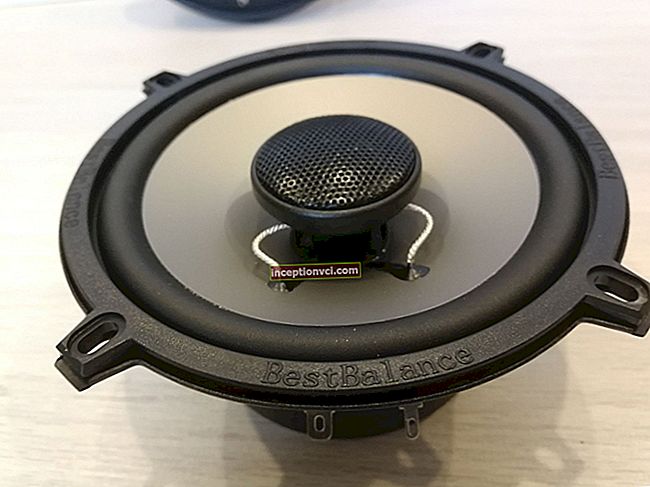A beautiful and solid facade is not only a visiting card of every building, it plays an important role in thermal insulation, strength and durability of any structure.

The choice of the right material for finishing and insulating facades is always relevant. Thanks to modern technologies, facade insulation began to be used about 30 years ago. Today it is the most common type of building decoration, which reduces heat loss. The technologies used for facade finishing are constantly being improved, which enables manufacturers to produce a huge amount of new finishing materials.
Modern materials for decoration and insulation of facades can be divided into two types: organic and inorganic.

Organic materials are natural materials that act as insulation. These include wood, wool, peat and wood concrete. These natural materials are the basis of building felt and flexible cardboard, which are used for facade insulation.
Recycled wood, wood waste, cellulose in the form of recycled paper, as well as agricultural waste - straw and reeds can be used as organic insulating materials.
Thermal insulation organic materials are relatively environmentally friendly products, but they are not very popular, as they quickly wear out and decompose. It is all the fault of moisture, which inevitably gets into the frame through the cracks during rain or due to condensation and accumulates there.
Synthetic or inorganic materials are much more resistant to moisture. The base for inorganic materials is usually polystyrene.

Expanded polystyrene or polystyrene is very often used today to insulate building facades. It has good thermal insulation properties and is also resistant to damaging moisture and bacteria. Under optimal operating conditions, the foam will last more than twenty years.

Polyfoam is cheap, lightweight and easy to assemble. The only drawback of polystyrene is that it is a flammable combustible material, which changes its structure and releases harmful substances even before ignition.

Facade thermal panels made of expanded polystyrene, on one side, are finished with ceramic tiles (cement-sand or polymer-cement) - this creates the appearance of brickwork. Installation of thermal panels is carried out using dowels through the masonry seams, which are then overwritten with a joint.
Inorganic insulation also includes: aerated concrete, aluminum foil, fiberglass, silk and stone mineral wool.

Mineral wool, like foam, is often used to insulate facades. But mineral wool is highly refractory and has good sound insulation. This material is also durable and easy to install.

The main disadvantage of mineral wool is its fragility, which leads to the formation of a large volume of harmful dust even during the installation process.

Fiberglass materials are also very popular. They are fireproof, durable and easy to install, but they do not have the highest water repellency. And this affects the possible life of the material.
Finishing and insulation of building facades is carried out in a single complex using one of the technologies - hinged or wet facades. The finishing method is determined by the insulation system.

Wet facades imply the use of water. This type of finish is more popular.But to obtain a high-quality facade, it is required to follow all technologies unswervingly and use only the right materials. Insulation for this type of finish is mineral wool or expanded polystyrene, on which plaster is applied on top with a thin layer.

Warming and finishing using this technology allows designers to bring to life the most daring decorating ideas, not being limited in the size and shape of the facades.

A ventilated facade, in terms of thermal and technical characteristics, is a more correct type of finish, where mineral wool acts as a heater.

Suspended ventilated facades imply the creation of cladding from decorative panels. A free ventilated space is provided between the wall and the panels, through which excess moisture is removed.

Decking is the most economical and inexpensive finishing option. It is a galvanized profiled steel sheet.

Siding is a type of ventilated facades that cladding buildings with plywood, aluminum or polymer boards. The best and most affordable is vinyl, since the cost of cladding with steel, aluminum and composite materials is equal to the cost of cladding with the most expensive types of finishes.

Vinyl has good fire resistance, elasticity, vapor permeability, and is able to withstand temperature extremes. But it is significantly inferior in strength to metal, so its scope is limited.

Aluminum has excellent anti-corrosion properties, it is strong, lightweight and durable. Aluminum allows you to create complex architectural forms, as it is a soft material that can be molded, cast and machined. It withstands temperature extremes and provides good thermal insulation throughout its entire service life.

Facade decoration using composite is becoming more and more popular. The composite is lightweight, strong, durable and easy to use.

Siding can be used for decorative and protective purposes, as well as for insulation and conventional cladding. Siding is distinguished by ease of installation, ergonomics, reliability, durability of the structure, the ability to install in any weather conditions and a large selection of materials. Such cladding hides wall defects, signs of aging, which eliminates the need to periodically renew the plaster or paint the walls.
Natural stone, marble, decorative tiles, multifunctional plastic panels can also serve as a finishing material for insulation and decoration of building facades.

Finishing and insulation of facades is a whole direction of external design of premises, which allows you to create a unique look of buildings, both in classical and modern styles.

Modern technologies make it possible to use carved molding, mosaic panels, semi-precious stones, author's frescoes and many other finishing options in decoration. Despite the high cost of such designs and a laborious process, they can be used to create a reliable and very durable thermal insulation system.
We offer our clients a wide selection of facade systems with the necessary information and at affordable prices. Contact us, we will be happy to help you purchase a thermal facade.
